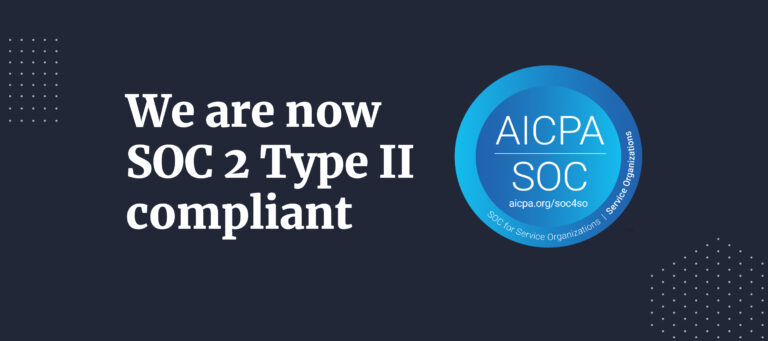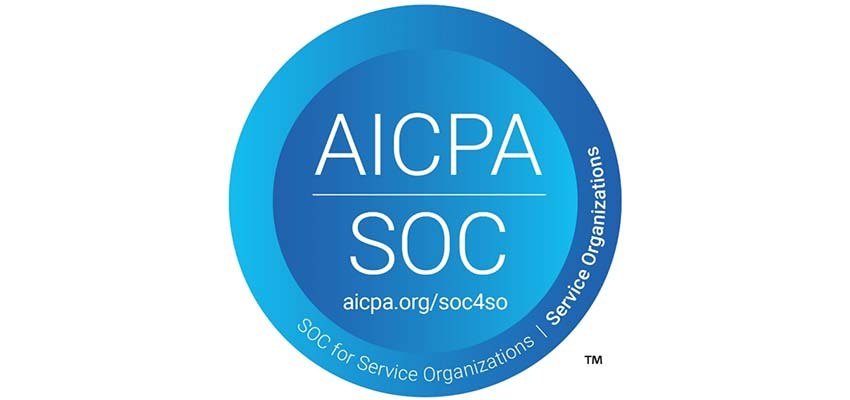Whether you’re selling products or services, the goal of every business leader is always the same: learn, improve, and evolve.
What’s the key to getting better? Repetition. Doing things over and over may not be ideal in all situations, but just like fitness, starting a mindfulness practice, or trying your hand at baking sourdough, repetition leads to results. Think about it. The only reason you can do most things is that you grew through consistent practice.
It’s human nature to improve, and business is no different. But this professional growth will only come through business process improvement. By pausing, evaluating, and re-evaluating throughout the lifespan of your business, you’ll be able to find the practices that work, ditch those that don’t, and reach your potential.
What is Business Process Improvement (BPI)?
Before we jump into the “how,” let’s start with the “what” and “why.” As complicated as the actual execution can be, the definition of BPI is pretty simple. BPI is a practice where business owners analyze and optimize their existing processes to increase efficiency and profitability across an entire organization. Sometimes businesses do this internally, sometimes they bring in a consultant to help lead the charge.
But whether you go it alone or assemble your A-team, BPI is only the first step. Continuous process improvement (CPI) is when the real, lasting change happens. Frequently reassessing your business processes allows you to uncover opportunities you’d miss otherwise. This may sound inconvenient – time is precious, and you’ve got a business to run. But there’s good news. We live in 2021. There’s technology that can lighten the load. And the benefits lying on the other side of improved processes are worth it.
What’s so great about process improvement?
Now that you know more about BPI and CPI, it’s important to also understand why you’re doing this and who’s going to benefit from it. First and foremost, process improvement gives you more time to prioritize other important parts of your business. Say it with us, “Time is money.” Impactful changes can uncover things that have been wasting your and your team’s time or that aren’t needed at all.
You’ll also be able to make the most out of what you have. Make your resources and technology stretch further to get a better return on your investment. Too often, tech makes big promises and then falls short. Evaluating your processes continuously will help you find weak points in your operations, so you can decide what tools are worth it.
Last but not least, consider your people. They’re your most valuable investment, right? They want to know that their work matters and that their time isn’t being wasted. You can’t fix what you don’t know, though. Empowering them with data shows that they’re valued members of your team.
Are there different kinds of process improvement?
Yes, there are several different process improvement methodologies. Here’s a rundown on the most popular ones.
Six Sigma
Six Sigma uses a statistical approach combined with a method called DMAIC. DMAIC stands for Define, Measure, Analyze, Improve, and Control. The heart of this method is this: Control the inputs, control the outputs.
Lean
With the help of your employees, this approach can aid in identifying where there is waste in your process, so you can maximize customer value. Once you’ve “leaned out” each step, you’ll be able to optimize the next one, and so on. Each step is contingent on the last one. For this to work, there must be consistency.
Total Quality Management
This strategy is lovingly known at TQM, but it’s not very common anymore. TQM focuses on customer satisfaction and requires involvement from all employees. By focusing on the customer, you’ll make improvements in your process based on facts and communication.
Kaizen
Kaizen is the Japanese word for “continuous improvement.” It focuses on making consistent, small changes and enhancements that lead to big results.
What are the steps for process improvement?
As you can see, there are many ways to shake up your business processes. The terminology differs, but ultimately, each methodology comes down to the same core elements. But there’s one step that often gets left out on the curb. And we get it! The first five steps are tough enough. Hey, any change is a challenge. But committing to this sixth step ensures that the first five weren’t for nothing.
This is how to continuously improve your business:
Step 1: Discover
The first step is acknowledging where your processes could use some help. This doesn’t have to get too far into the weeds, but having a good idea of where your business sees hiccups is necessary. Many businesses will bring in a consultant to start high-level, learn your entire process, and leave no stone unturned. Now, they can also use technology to quicken the process and understand your processes more thoroughly.
Step 2: Measure
Once you’ve uncovered where your processes need adjusting, it’s time to measure. This step will help you prioritize where you’ll need to put in the most effort and which processes should be changed first. These markers will also serve as initial benchmarks, so you’ll understand whether your new course of action is making a difference.
Step 3: Analyze
This is where you’ll have to do some soul searching. Do you understand the most crucial needs of your business? What metrics are most important for your organization?
Combining these questions with your findings will help determine the direction you’ll need to take. Keep in mind that process improvement is unique to your organization and will look different depending on your industry or departments.
Step 4: Transform
This is where your hard work becomes actionable. After discussing new methods with stakeholders, it’s time to implement them and start transforming your business. You may have determined you need more automation or you’ve found processes that no longer serve your business.
As these new changes unfold, remember to monitor them closely and continue to gather data on your key metrics.
Step 5: Assess
After your first round of changes, it’s time to go back and assess your progress. Sometimes your process is already good, but outside challenges like lengthy setups, resistance from team members, or under-communicating your initiatives can cause setbacks.
Here is where you can revisit your benchmarks. Those will be crucial in determining whether your process actually failed or if it was caused by outside forces.
Step 6: Repeat (The most important one!)
Process improvement isn’t a once-in-a-lifetime task. It’s a continuous exercise that should be repeated as trends, technology, and your business evolve. After you’ve gone through the process once, it’ll be easier for you to repeat and make the necessary changes to ensure your business thrives, whatever comes your way.
Just think of all the time you’ll save by not putting out small fires so regularly. Maybe you’d even have time to take on a fun new hobby. You know, it’s never too late to hop on that sourdough trend.





